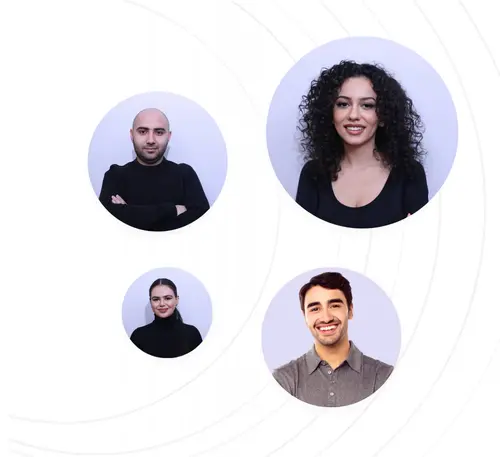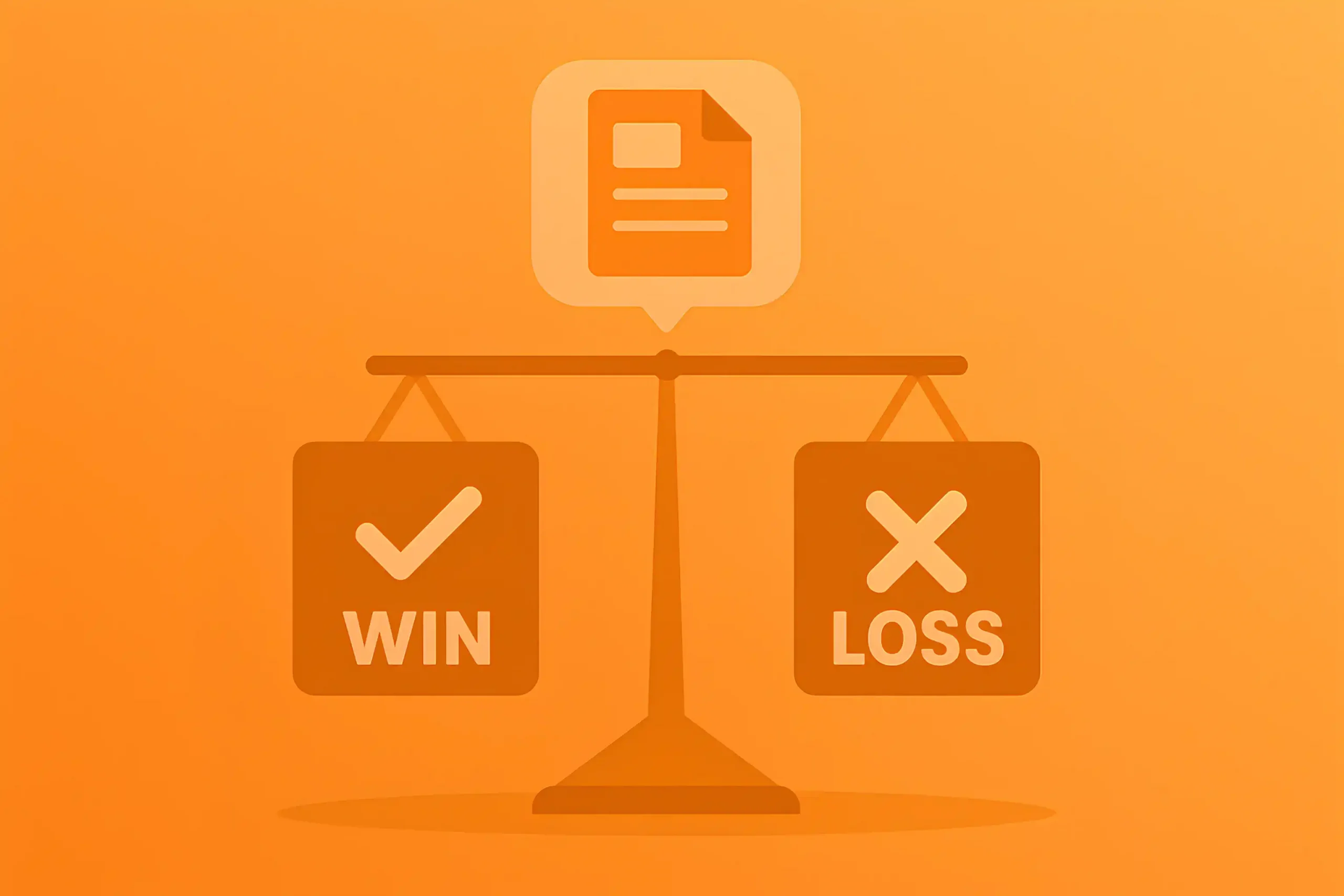Updated August 15, 2025
How Many Backlinks Per Day Is Safe? An SEO Strategist Explains
How many backlinks per day is safe? If you’ve ever asked yourself that, you’re not alone. It’s one of the most common questions I get from clients, students, and even fellow SEO professionals, and for good reason. The fear of doing something that could cause a penalty from Google is real, especially when you’ve spent months (or years) building a site that finally starts gaining progress.
There’s a lot of noise out there; people saying “Don’t build more than X links a day” or warning that Google will penalize the moment your link graph jumps. However, link-building isn’t a one-size-fits-all process. There’s no specific number. What’s safe for one site might raise a red flag for another.
In this post, I’m cutting through the myths and giving you a real-world take on how safe link velocity works. I’ll break down how Google reads growth patterns, what a natural backlink profile looks like, and how to scale without setting off any alarms.
I’ll even share examples from campaigns I’ve personally worked on; some aggressive, some slow and gradual, so you can see what happens when you push the limits (or play it too safe).
If you’re an SEO strategist, affiliate marketer, blogger, or business owner trying to grow without gambling your rankings, you’re exactly who this post is for.
What Does “Backlinks Per Day” Mean?
The phrase “backlinks per day” refers to the number of new backlinks your site earns within a 24-hour period. At first glance, it sounds straightforward. However, this term leads to a much broader conversation around link velocity, domain reputation, crawling behavior, and the natural patterns Google expects to see from a trustworthy site.
Google doesn’t sit there counting links like we do. What it looks for is consistency. Link velocity helps it spot manipulative behavior versus organic growth.
I know many sites that secure hundreds of backlinks overnight from a single domain. It looks big in Ahrefs, but when you dig deeper, it’s all from one referring domain. In Google’s eyes, that counts differently.
Speaking of Google, this part’s important: crawling does not mean indexing. Just because a link exists doesn’t mean Google sees it immediately, or at all. First, their crawler has to discover it, and depending on the site where the link is placed, that could take hours or weeks. Then, after crawling, Google decides whether it’s even worth indexing.
Natural growth doesn’t mean slow growth. If your content is good, and if you’re running a digital PR campaign, or a viral piece catches attention, a sudden boost in backlinks can absolutely look organic. What makes it safe is how believable the story behind the links is.
Clarifying What’s “Too Fast” and What’s Natural
There is such a thing as growing too fast, but only if the growth looks fake. If a brand-new site with zero history suddenly picks up 200 backlinks within 24 hours, and all of them are from unrelated, low-value directories or private blog networks with no real traffic, you’re raising a big red flag in Google’s face.
But if the same number of links came in as a result of a news feature, viral content, or an aggressive PR campaign, that is a totally different story.
Sometimes, for some of my clients, we pitch dozens of emails through HARO, and there are months we get nothing, then suddenly, everything lands at once. But there’s no penalty or anything, because the growth aligns with real events and has a logical reason behind it.
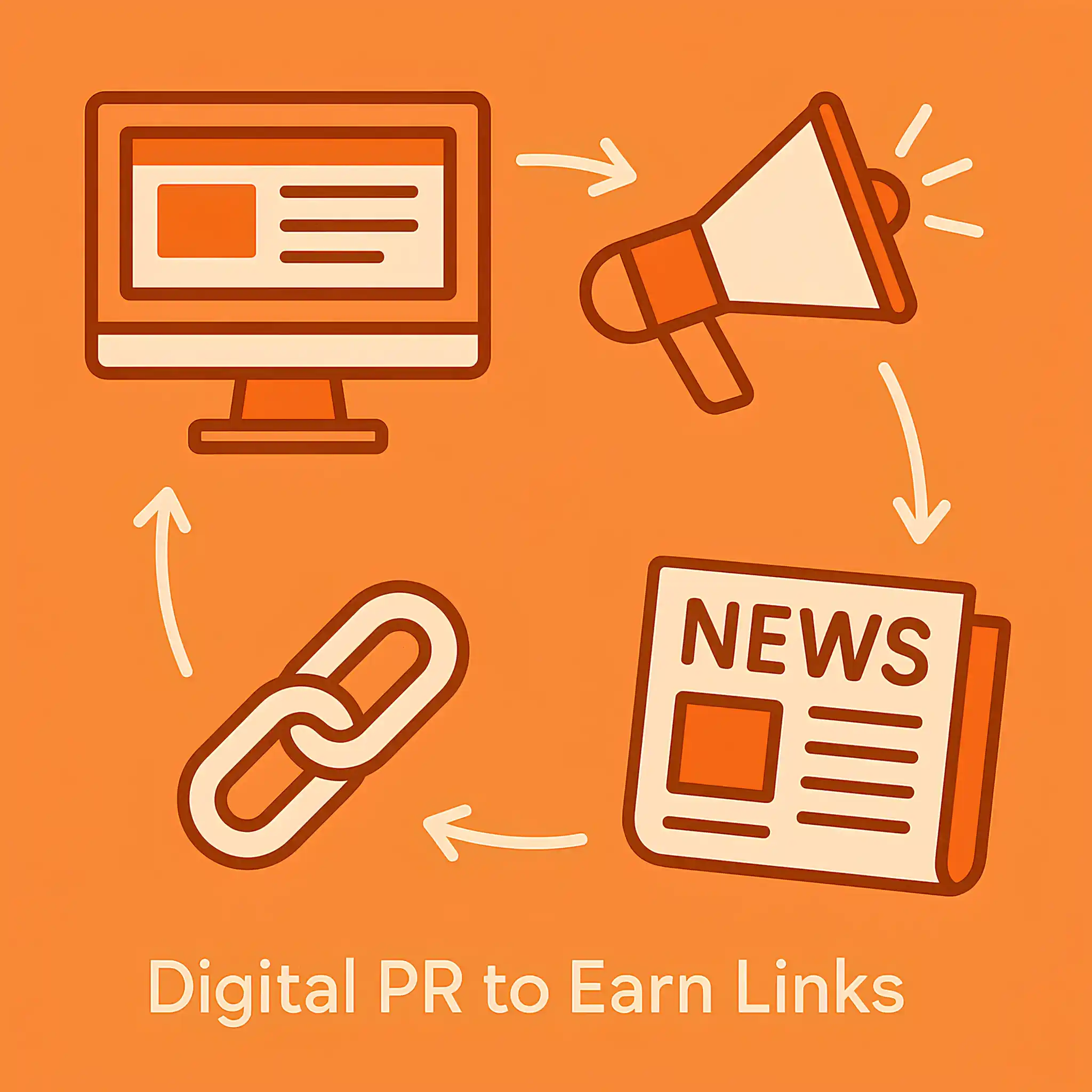
The thing is that a natural-looking backlink profile grows with your content, your marketing, and your exposure. It doesn’t follow a strict, linear timeline. Real sites don’t earn 5 links a day, every day. Some days they earn none. Other days, they earn 100, after a viral post, a product launch, or a collaboration. That’s what organic growth looks like.
If you’re manually building links, you should simulate that kind of unpredictability. Don’t publish a bunch of guest posts in one week and then go silent.
Safe Backlink Growth by Site Age
For Brand-New Websites
Of course, traditional SEO is impossible without backlinks, but if your site is still fresh, just a few weeks or months old, you need to treat it like a newborn. I can’t tell you how often I’ve seen people ruin a promising project because they jumped straight into 100-link packages for the first month. Don’t do it.
In the first 2-3 months, you should earn maybe 5-10 backlinks per month. I’m talking about citations, niche-relevant directories, and local business listings, if applicable.
Around the 3-6 month mark, assuming your content is growing and your indexing is clean, you can start scaling up; 15 to 20 links a month is fair.
The biggest risk at this stage is overcompensation; sending too many outreach emails too fast, or buying a ton of links that clearly have no editorial relevance. That kind of aggressive growth just seems manipulation, and it’s not hard for Google to pick it up, especially when your site barely has 20 pages of content.
For 6-12 Month-Old Sites
By now, you have a pulse. Your site’s content is hopefully expanding, a few blog posts might already be earning links on their own, and Google has a clearer picture of your niche.
Instead of obsessing over quantity, this is the phase where I advise clients to focus on quality link-building outreach, but without crossing into spammy territory.
Many clients in this stage grow from 20 links a month to 40-50 links/month by simply doubling down on content worth linking to and pitching it to journalists, bloggers, and communities who care. That’s the kind of link growth that not only passes Google’s filters but also builds real authority over time.
For Established Sites (1+ Year)
If you’re doing enterprise link-building, or your site has just crossed the 12-month point and you’ve built a decent organic traffic and a diverse backlink profile, the rules start to change. At this stage, you can handle much higher link velocity without raising red flags.
Many well-known sites secure 100+ links in a single month from the press alone, completely organic, and Google doesn’t blink.
Real-World Backlink Velocity Benchmarks
Here is an example of a website that’s growing naturally:

Here, you can see that over the last two years, this website’s backlink profile has been growing steadily, naturally; there have been no sudden jumps or drops, just consistent link acquisition over time.
Unlike this one, where we see a sudden boost in backlinks, a pattern that often signals aggressive link-building or unnatural acquisition, which can raise flags in the eyes of Google.

However, there are exceptions. For example, when CapCut exploded in popularity, it started getting hundreds of backlinks per day, but that growth was natural and expected due to its viral rise and widespread media coverage. In cases like this, the surge makes sense because there’s a clear reason behind it.
How to Play Safe
The safest way to build backlinks is to give people (Websites) a reason to link to you. That means having something on your website that’s worth sharing. This could be a helpful blog post, a detailed guide, a case study, or even original research.
If you only try to get links to your product or service pages, it is a red flag, but if most of your links go to useful content, your backlink profile starts to look more natural.
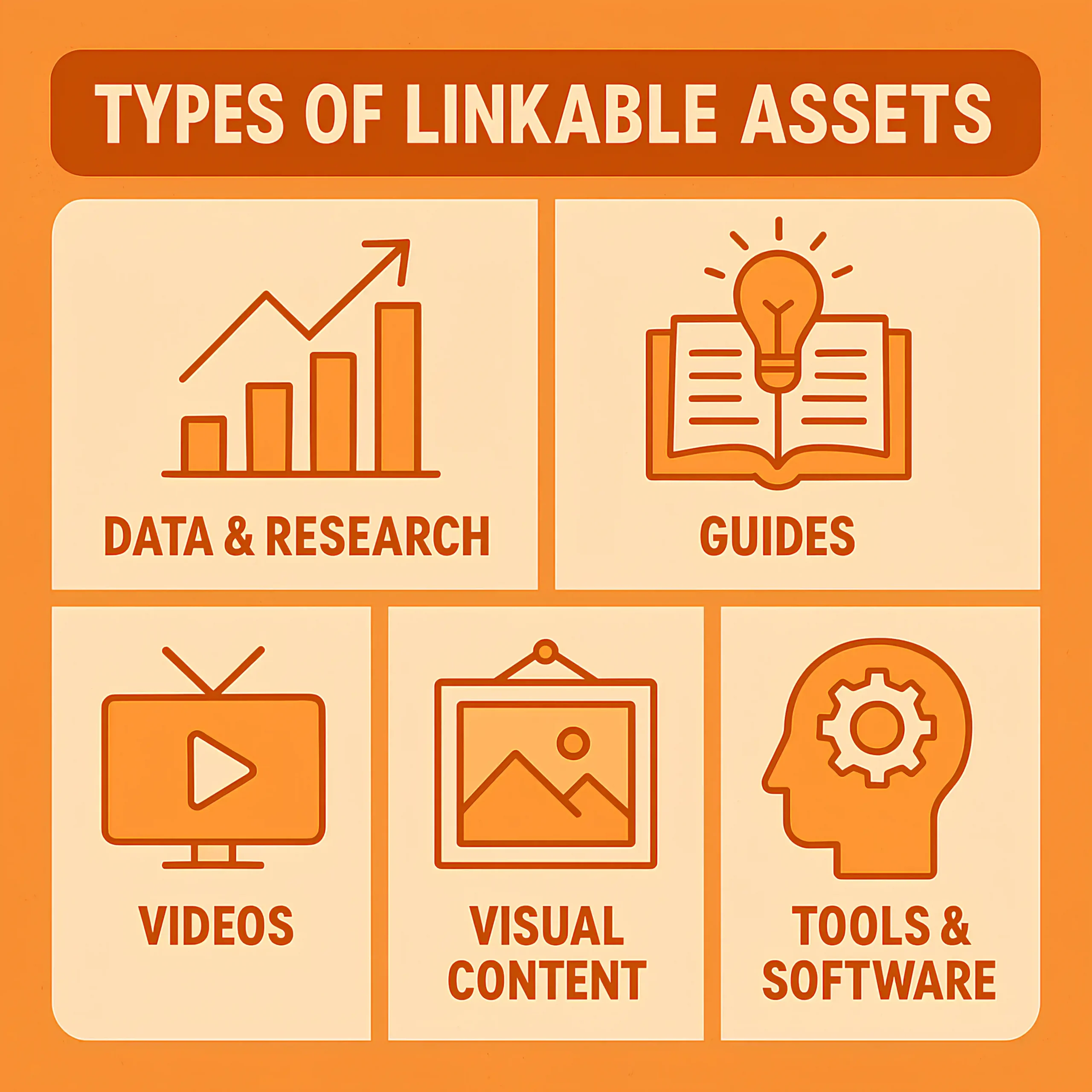
It also helps to balance your anchor text. Don’t use the same keyword over and over again. Instead, mix it up with brand names, URLs, general phrases, and partial keywords.
Use different link-building techniques. Don’t rely on just one technique. Combine guest posts, mentions in articles, podcasts, HARO responses, and other types of white hat strategies.
So instead of worrying about the exact number of backlinks per day, focus on building linkable assets that people really want to link to. That’s how you stay safe and grow.
Case Study: When 60 Backlinks in 10 Days Didn’t Raise a Single Flag
A while ago, I worked with a fast-growing tech startup that had just secured press coverage from multiple outlets within the same week. They wanted to push harder on SEO, so we doubled down on digital PR and link outreach, targeting niche blogs, resource pages, and founder interviews.
Within 10 days, we built over 60 backlinks, averaging about 5 backlinks per day. On paper, this could’ve looked aggressive. However, the links came from credible sources, used natural anchors, and were spread across multiple informational pages.
The result?
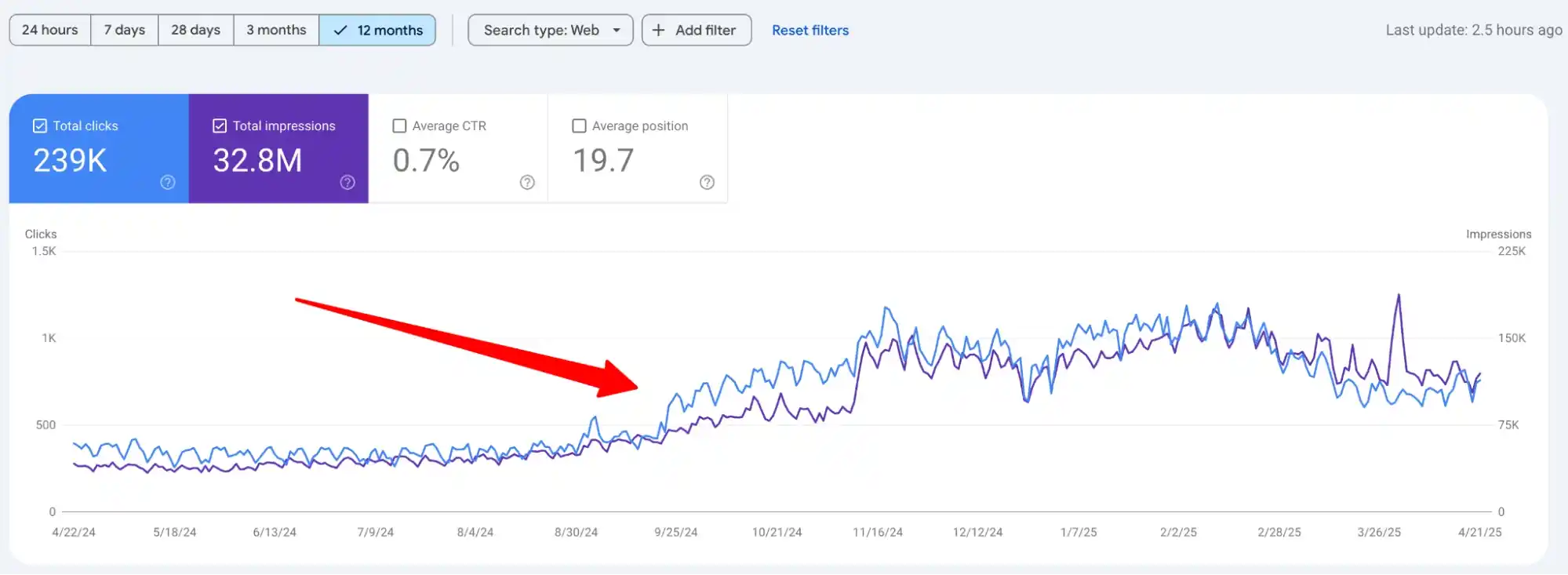
Case Study: How 150 PBN Links in 30 Days Triggered a Google Penalty
A new client approached us at Digital World Institute after their site took a sudden hit, dropping over 70% in organic traffic just six weeks after launching an aggressive link-building campaign.
We dug into their backlink profile and quickly found the issue: they had built 5 PBN links per day for 30 days, totaling 150 backlinks, all pointing to their commercial pages. At first glance, it looked like a decent velocity. But the deeper problem?
Every PBN domain came from the same IP block, had fake traffic signals, and showed signs of being recycled expired domains.
To Google, everything was clear.
You can also explore some of our link-building case studies in another guide, where I break down real campaigns and strategies.
Common Myths Around Backlink Volume
As a link-building specialist, I know that there’s a lot of bad advice around when it comes to how many backlinks you need. Some of it sounds convincing, especially when you’re trying to rank fast, but most of it is either outdated or completely wrong.
One of the most common myths is: “You need 10 backlinks a day to rank.” That’s not how it works. There’s no fixed number. Google doesn’t have a rulebook that says, “Get X links per day and you’ll hit page one.”
Some websites grow fast with hundreds of links in a short time because they’re getting press coverage or launching something newsworthy. Others grow slowly with just a few strong links each month.
Don’t believe this:
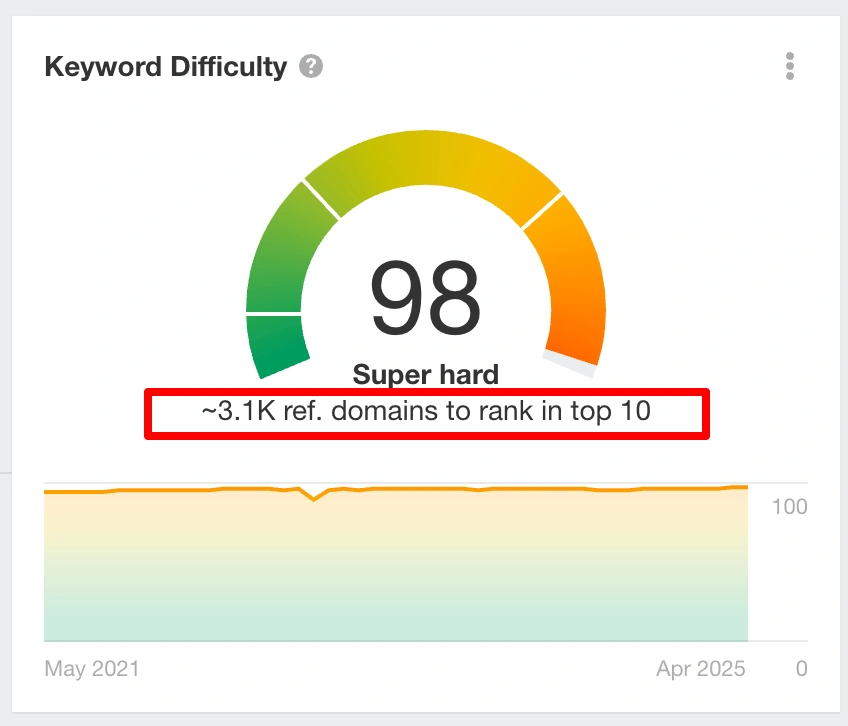
Then there’s the classic: “More backlinks always mean higher rankings.” Not true. A handful of high-quality, relevant links can easily beat hundreds of random ones. I know many websites with fewer backlinks outrank bigger players simply because their links came from trusted sources and pointed to pages that solved a user’s problem.
Finally: “You’ll get penalized if you get too many backlinks fast.” That only happens if the links are spammy or unnatural. If you’ve done something worth talking about, like releasing new research, going viral, or being featured in the news, Google won’t punish you for that. Sudden growth is only a problem when there’s no real reason behind it.
How Do I Know if My Backlink Velocity Looks Spammy?
You’ll know your backlink velocity looks spammy when there’s a sudden, unnatural boost in referring domains or identical anchor texts appearing too frequently. If your site had minimal growth for months and suddenly gets hundreds of links overnight, especially to the same page, that can raise red flags.
Do Press Mentions Count Toward Safe Backlink Growth?
Absolutely, press mentions are one of the safest and most valuable types of backlinks you can earn. They typically come from authoritative, high-traffic domains that Google already trusts, and they’re tied to real stories, events, or product launches. If you’re earning media coverage, your backlink growth will likely reflect that, and in Google’s eyes, that’s a strong trust signal, not a red flag.
Should I Pause Link-Building if My Rankings Drop?
Not necessarily. If your rankings drop suddenly, the first step is to diagnose the cause. It could be a technical issue, an algorithm update, or an on-page problem. Pausing link-building won’t fix those. However, it’s smart to take a closer look at your recent backlinks.
If you’ve been building too aggressively or targeting the wrong pages with over-optimized anchor text, scaling back temporarily may help. But if your link-building is clean and balanced, stopping may do more harm than good by slowing your progress. In short, don’t panic; review everything carefully before making decisions.
How Can I Tell if Google Trusts My Backlink Growth?
You can get a sense of Google’s trust in your backlink growth by watching how your rankings, crawl rate, and impressions evolve. If your organic visibility keeps growing, pages are being indexed quickly, and traffic is stable or improving, chances are Google sees your backlink profile as natural.
Another clue is the quality of the linking domains. Trusted, niche-relevant websites passing contextual links are a good sign. You can also monitor how often your new backlinks show up in Google Search Console; trusted links often appear faster. If you see volatility or deindexing, that could mean the trust isn’t fully there yet.
Should I Spread Links Across Different Pages?
Yes, absolutely. One of the most overlooked parts of safe link-building is spreading backlinks across multiple pages, not just targeting the homepage or one commercial page.
Is Getting Links From One Source Daily Risky?
If you’re getting backlinks from the same source every single day, it can start to look unnatural, especially if the anchor texts or target pages don’t vary. While some exceptions exist (e.g., directories, forums, or active media mentions), repeating the same pattern can raise questions. Google’s algorithms are tuned to notice repetitive, non-organic behavior.
Instead, try to diversify. Even if one domain is linking to multiple pages over time, the pace should feel human, not automated. Consistency is fine. Predictability isn’t. Spread your efforts across different platforms, industries, and formats to reduce risk and improve your profile’s strength.
Can a Sudden Backlink Boost Hurt Long-Term Rankings?
Yes, if it looks artificial or manipulative, especially low-quality links, it can trigger algorithmic filters or manual reviews. Google may not penalize you instantly.
What if Competitors Are Building Faster Than Me?
Speed isn’t everything; strategy is. Just because competitors are getting more backlinks doesn’t mean they’re getting ground. Focus on quality, relevance, and natural growth. A handful of high-authority, niche-relevant backlinks can outperform dozens of random ones.
Also, analyze your competitors’ backlink profiles and check what kinds of pages they’re targeting. Are they building to real content or just pushing keywords? If they’re using risky tactics, they might see short-term gains and long-term losses.
How Can I Track My Backlink Growth Properly?
Start by using tools like Ahrefs, SEMrush, or Google Search Console. Track your referring domains, anchor text variety, and the growth of new links month by month. Keep an eye on the ratio of followed vs. nofollowed links and watch for sudden ups or drops.
Should I Remove Links if I Think I Overdid It?
If you suspect that the number of backlinks is hurting your rankings, it’s better to act than ignore it. Start by identifying the low-quality or spammy links, especially if they come from irrelevant sites, have keyword-stuffed anchors, or were built too fast.
Next, use Google’s disavow tool cautiously, and only after you’ve tried reaching out for removal (if possible). Don’t panic and wipe out everything; focus on what looks manipulative.

